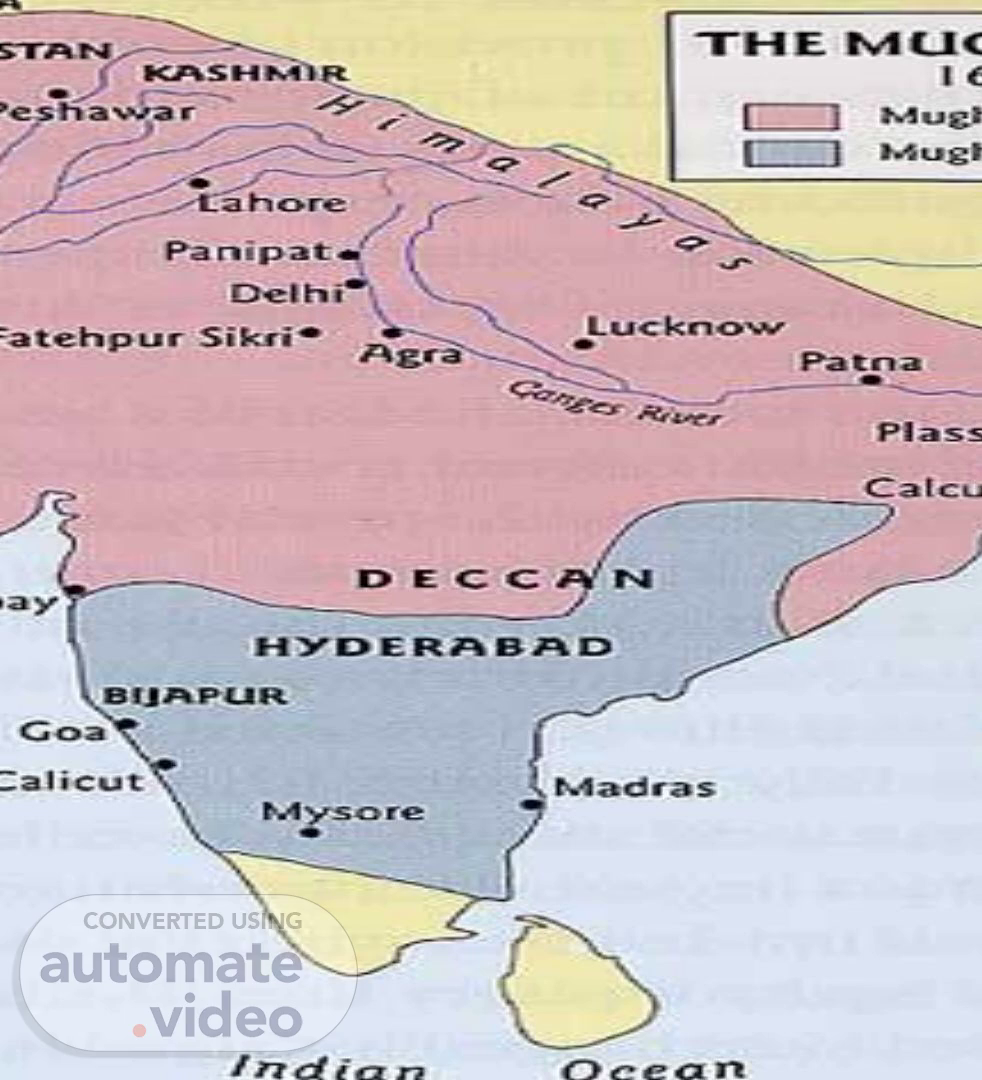Scene 1 (0s)
Akbar was the third emperor of the mughal empire who reigned from 1556 to 1605. He was popularly known as Akbar the Great. Akbar succeeded his father Humayun. He is generally considered one of the greatest emperors in Indian history and led a successful campaign to unify the various kingdoms of India. Akbar created a single government for the large Mughal empire.
Scene 2 (24s)
[Audio] Humayun, a Mughal emperor, was defeated by Sher Shah Suri and fled to Sindh. There, he married Hamida Banu Begum, a 14-year-old Persian girl. The following year, in 1542, their son Akbar was born in Amarkot, a Rajput fortress where they had been given refuge by a local Hindu ruler..
Scene 3 (49s)
[Audio] Akbar learned to hunt, fight, and read, though he never learned to write. When he was nine, he married Ruqaiya Sultan Begum, his first wife, and was appointed governor of Ghazni. After his father's death, Akbar became the Mughal emperor at the age of 14. Bairam Khan, his guardian, ruled on his behalf until Akbar came of age..
Scene 4 (1m 16s)
[Audio] The nine gems or Navratnas of Akbar's court were Birbal, Tansen, Abul Fazl, Faizi, Todar Mal, Raja Man Singh, Abdul Rahim Khan-I-Khana, Fakir Aziao-Din and Mullah Do Piaza. They were proficient in various fields and highly regarded by the emperor himself..
Scene 5 (1m 38s)
[Audio] He held a campaign to unify some states of india..
Scene 6 (1m 45s)
[Audio] Akbar created policies that made non-Muslims happy and helped keep peace in his empire. Akbar made Mughal India's economy grow three times bigger and richer. Akbar's palaces in Delhi, Agra, and Fatehpur Sikri attracted people of many religions, poets, and artists. They became famous for art, literature, and learning. Timurid and Perso-Islamic culture mixed with Indian culture to create a new style of Mughal art. Akbar wanted to bring religious unity to his empire, so he created a new religion called Din-i Ilahi. It was a mix of Islam, Hinduism, Zoroastrianism, and Christianity..
